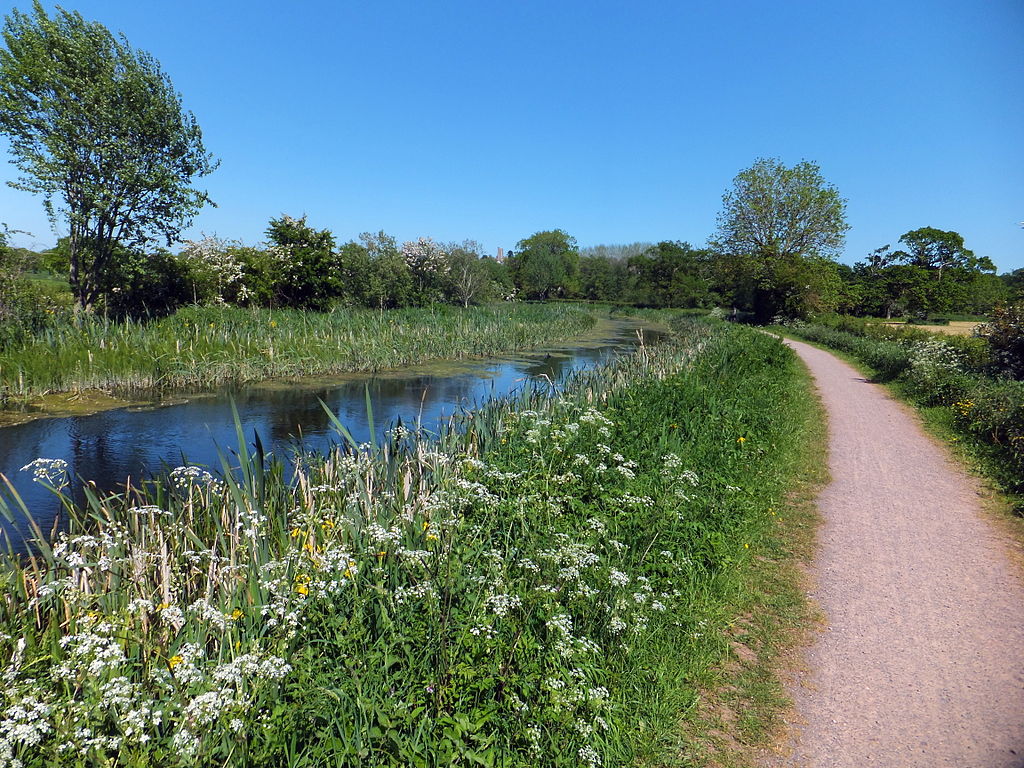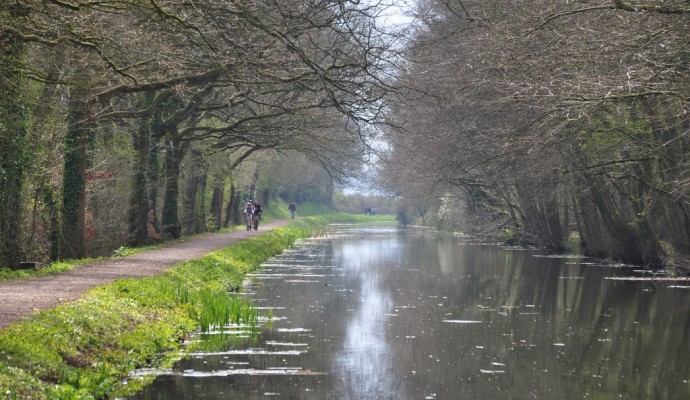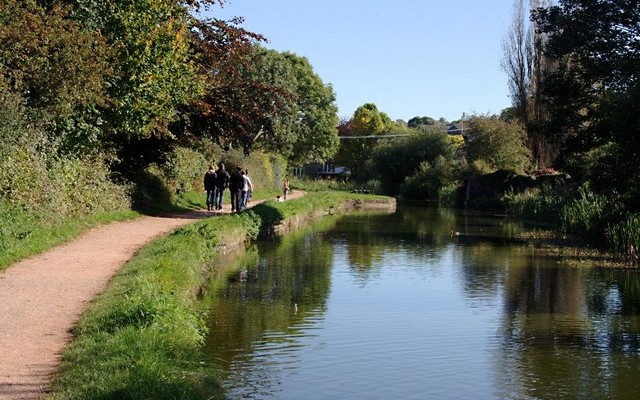Interesting information
Originally part of an ambitious scheme to link the Bristol Channel with the English Channel, the Canal was proposed as a way for shipping to avoid the long and perilous journey around the Cornish peninsula, and as a route for transporting goods, including coal from South Wales, into the heart of Somerset and Devon. The first section was opened in 1814 and, rather than using locks, it follows contours through the construction of cuttings and embankments to make it as flat as possible. This makes it ideal cycling territory.
Escalating costs delayed construction of the next section to Taunton for many years, but eventually it was completed in 1838. For a short time, the Canal was profitable, but the advent of the railway took much of the trade from the Canal and by the 1920s it became disused.
A wealth of structures dating back to the Canal’s heyday can still be found, including the Tiverton Basin and Waytown limekiln complexes, 15 road bridges over the Canal (designed by John Rennie) and the 40m-long Waytown Tunnel. Other notable structures include milestones, culverts, wharves, accommodation bridges, an aqueduct and a lock.
The Canal slowly choked up with reeds and was largely abandoned until the 1960s, when proposals to use the Canal as a linear landfill site and possible route for a road galvanised local support for preserving the Canal. The campaign proved to be successful. In 1971 Devon County Council took on ownership of the canal and declared it a Country Park. Since then, a substantial investment in dredging and relining has been made.
The stretch of Canal from Sampford Peverell to Halberton has excellent views across to the Blackdown Hills and, during late spring and summer, is home to important populations of Reed Warblers and Sedge warblers.
At Rock House, near Rock Bridge, the bedrock is very close to the surface and it was a remarkable achievement for a cutting to be chiselled out by hand by the navvies. Equally impressive is the beautiful oak tree on the offside of the Canal near Rock House that has grown to a tremendous size with its roots sprawling over the bedrock.
The Dudley Weatherley Jubilee Bridge is a lift-bridge built in 2002, to celebrate the Queen’s golden jubilee, and is named after a well-known local artist who was prominent in the campaign to save the Canal back in the 1960s. Sadly, Dudley died in 2004 but this elegant left bridge will help to keep his memory alive for future generations.
A possible extension to this route would be to continue along the Canal towpath from Sampford Peverell to the northern end of the Canal at Lowdwells Lock, near Holcombe Regis, a 10-mile return trip. This is a quiet, scenic route passing a number of fascinating historic structures including a 14th Century chapel and wharves and limekilns dating back to when the Canal was built.


